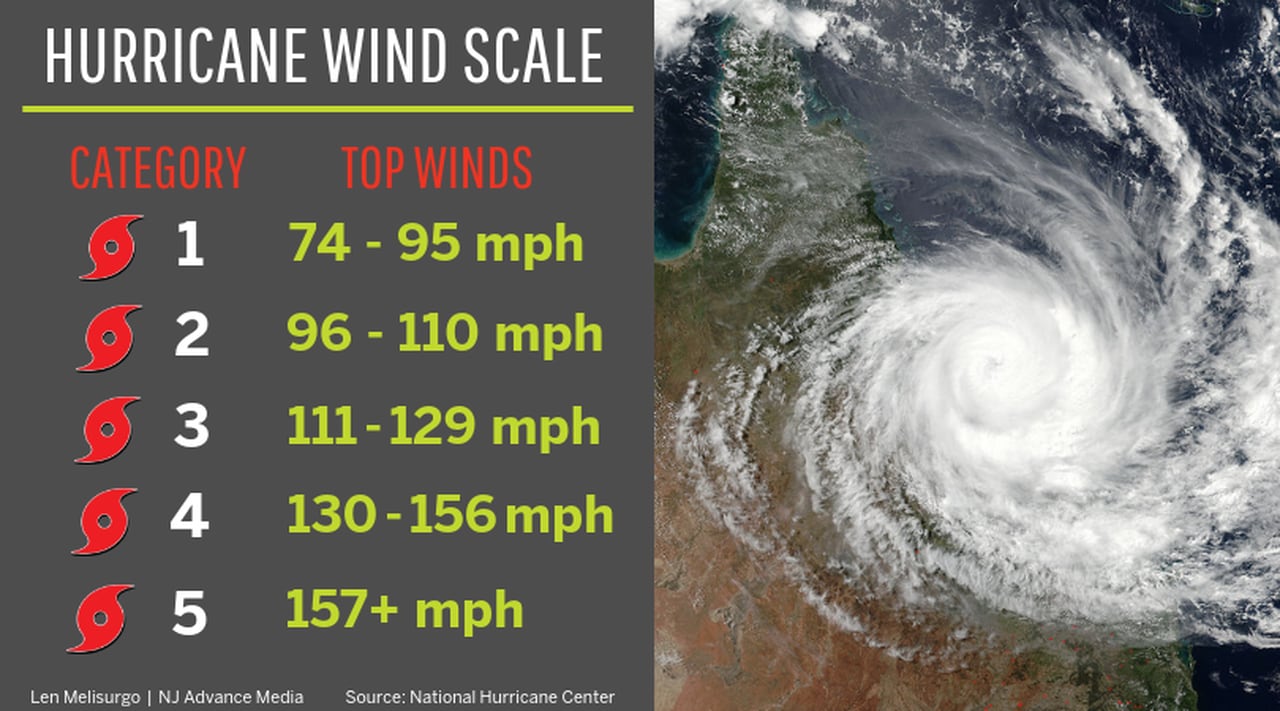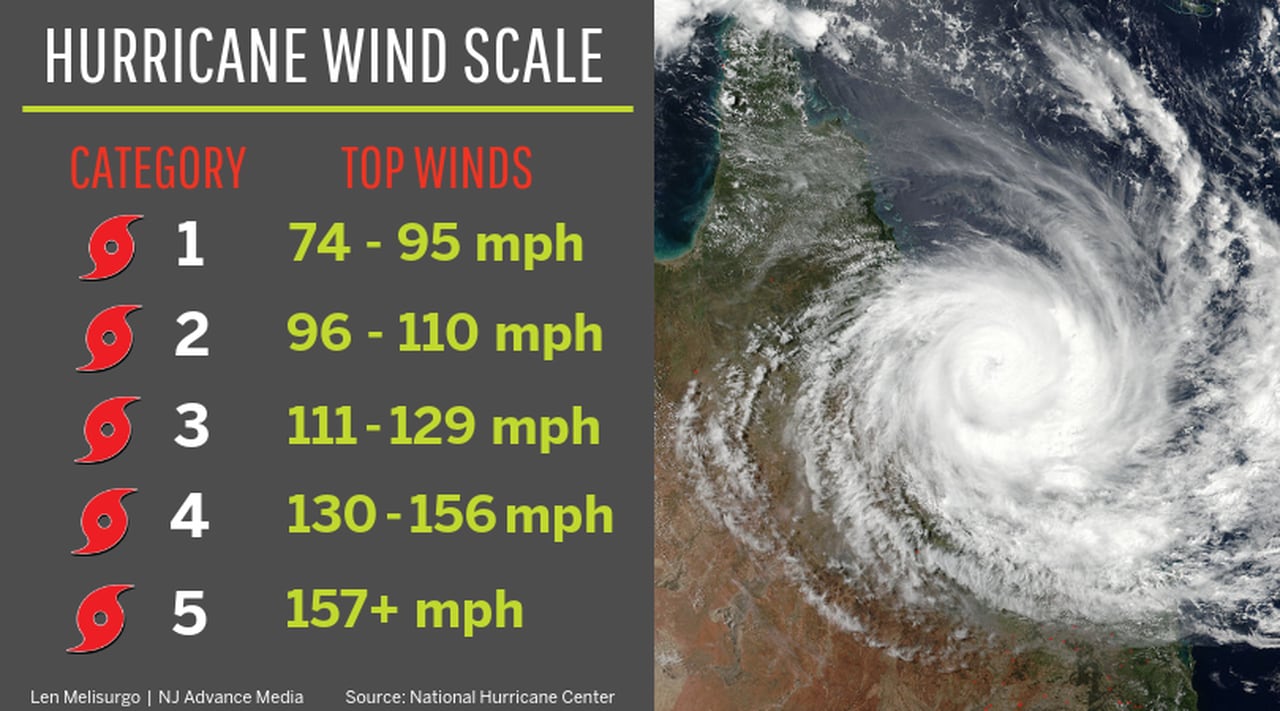Cat 4 hurricane wind speed, reaching up to 130-156 mph, brings devastating impacts that demand attention. Understanding these winds and implementing mitigation strategies are crucial for safeguarding lives and property during these catastrophic events.
The destructive force of Cat 4 hurricane winds is undeniable, causing downed power lines, flying debris, and widespread structural damage. As we delve into this topic, we’ll explore the characteristics of these storms, their potential hazards, and the essential measures we can take to minimize their impact.
Hurricane Wind Speed Classification
Hurricanes are classified into five categories based on their maximum sustained wind speeds, as determined by the Saffir-Simpson Hurricane Wind Scale. This scale provides a framework for assessing the potential severity and impact of hurricanes, guiding emergency response and preparedness efforts.
Saffir-Simpson Hurricane Wind Scale
| Category | Wind Speed (mph) |
|---|---|
| 1 | 74-95 |
| 2 | 96-110 |
| 3 | 111-129 |
| 4 | 130-156 |
| 5 | 157+ |
Wind speed is measured using anemometers, which are devices that convert wind speed into an electrical signal. The signal is then processed and recorded to provide wind speed data. Wind speed can be influenced by various factors, including the altitude, terrain, and the presence of obstacles.
The wind speeds associated with different hurricane categories can have significant impacts on structures and infrastructure. Higher wind speeds can cause widespread damage to buildings, bridges, power lines, and other infrastructure. They can also lead to downed trees, flying debris, and flooding, posing a serious threat to life and property.
Cat 4 Hurricane Wind Speed Impacts

Category 4 hurricanes are characterized by their destructive winds, which can reach speeds of up to 130-156 mph. These winds can cause widespread damage to infrastructure, homes, and businesses.
In addition to high winds, Category 4 hurricanes can also produce storm surges of up to 13 feet, which can cause flooding and damage to coastal areas. Heavy rainfall associated with these hurricanes can also lead to flash flooding and mudslides.
Potential Hazards
The high winds associated with Category 4 hurricanes can cause a number of hazards, including:
- Downed power lines, which can lead to power outages and electrocution
- Flying debris, which can cause injury or death
- Structural damage to buildings, bridges, and other infrastructure
Real-World Examples
Category 4 hurricanes have caused significant destruction in the past. Some notable examples include:
- Hurricane Charley (2004): This hurricane made landfall in Florida with winds of 145 mph, causing widespread damage and power outages
- Hurricane Ivan (2004): This hurricane made landfall in Alabama with winds of 165 mph, causing catastrophic damage and flooding
- Hurricane Wilma (2005): This hurricane made landfall in Florida with winds of 120 mph, causing widespread power outages and flooding
Mitigation Strategies for Cat 4 Hurricane Winds
The devastating impacts of Cat 4 hurricane winds necessitate proactive mitigation strategies to safeguard communities and infrastructure. Various measures can be implemented to reduce the severity of hurricane damage, including:
Building Codes and Construction Practices, Cat 4 hurricane wind speed
Enforcing strict building codes is crucial for ensuring structures can withstand hurricane-force winds. These codes specify requirements for wind-resistant construction, including proper anchoring, bracing, and the use of impact-resistant materials. Additionally, incorporating hurricane-specific design features, such as reinforced roofs and hurricane shutters, can further enhance the resilience of buildings.
Emergency Preparedness Plans
Developing comprehensive emergency preparedness plans is essential for coordinating an effective response to hurricanes. These plans should Artikel evacuation procedures, identify safe shelters, and establish communication protocols. By having a clear plan in place, communities can respond swiftly and efficiently to minimize casualties and damage.
Evacuation Procedures
Establishing clear evacuation procedures is vital for protecting lives during hurricanes. These procedures should identify evacuation routes, designate evacuation centers, and provide guidance on when and how to evacuate. Public education campaigns are crucial for raising awareness about evacuation procedures and encouraging residents to take necessary precautions.
Public Education and Awareness
Public education and awareness play a critical role in promoting hurricane preparedness. Educating communities about hurricane risks, mitigation strategies, and evacuation procedures empowers individuals to make informed decisions and take appropriate actions to protect themselves and their property. By disseminating accurate and timely information, public education campaigns can save lives and reduce hurricane-related damage.
Best Practices for Securing Homes and Businesses
In addition to implementing broader mitigation strategies, homeowners and businesses can take specific measures to secure their properties against hurricane winds. These measures include:
- Trimming trees and removing dead branches to prevent wind damage
- Installing hurricane shutters or impact-resistant windows to protect openings
- Securing loose outdoor items, such as furniture and grills
- Reinforcing garage doors and other vulnerable areas
Conclusive Thoughts
In conclusion, Cat 4 hurricane wind speed poses a significant threat to communities, requiring proactive mitigation strategies and preparedness plans. By adhering to building codes, developing emergency plans, and educating the public, we can enhance our resilience and minimize the devastating consequences of these powerful storms.
Frequently Asked Questions: Cat 4 Hurricane Wind Speed
How is hurricane wind speed measured?
Wind speed is measured using anemometers, devices that convert wind force into an electrical signal. These instruments are typically mounted at 10 meters above ground level to provide accurate readings.
What factors influence hurricane wind speed?
Factors influencing hurricane wind speed include sea surface temperature, atmospheric pressure, and the Coriolis effect. Warm ocean waters provide energy for hurricanes, while low atmospheric pressure creates a pressure gradient that drives the winds.
What are the potential impacts of Cat 4 hurricane winds on infrastructure?
Cat 4 hurricane winds can cause significant damage to infrastructure, including downed power lines, damaged roads and bridges, and compromised communication systems.

